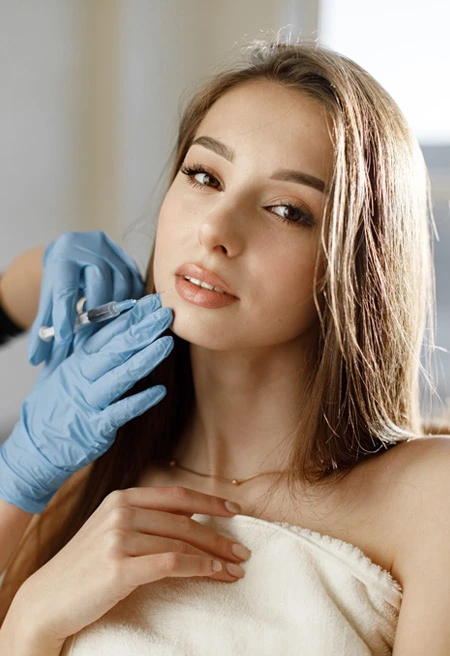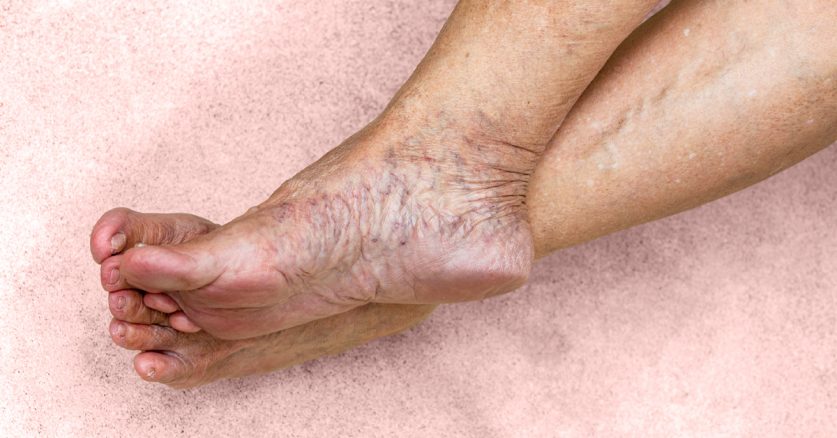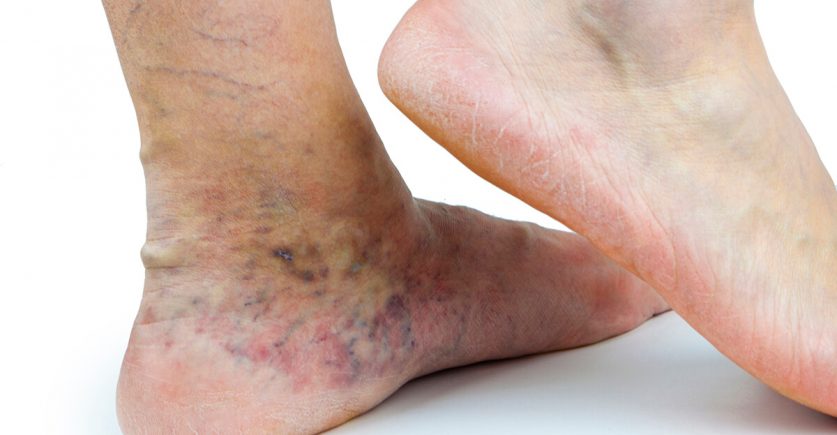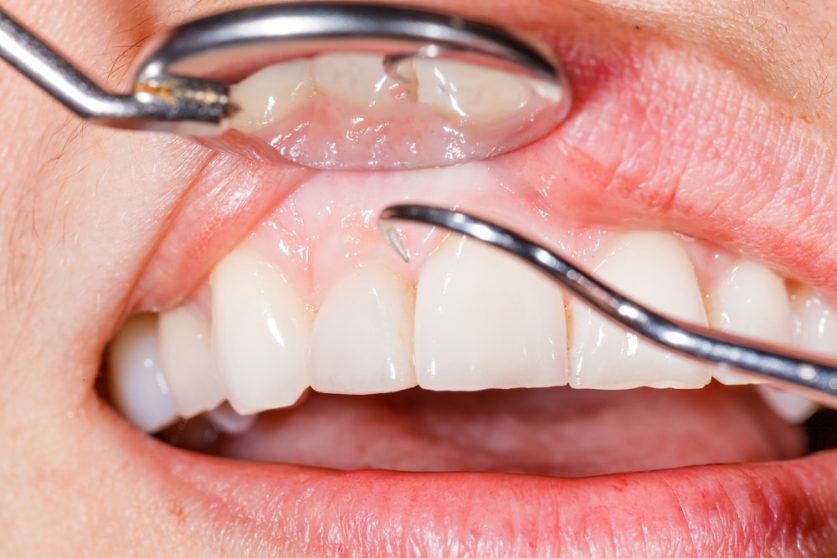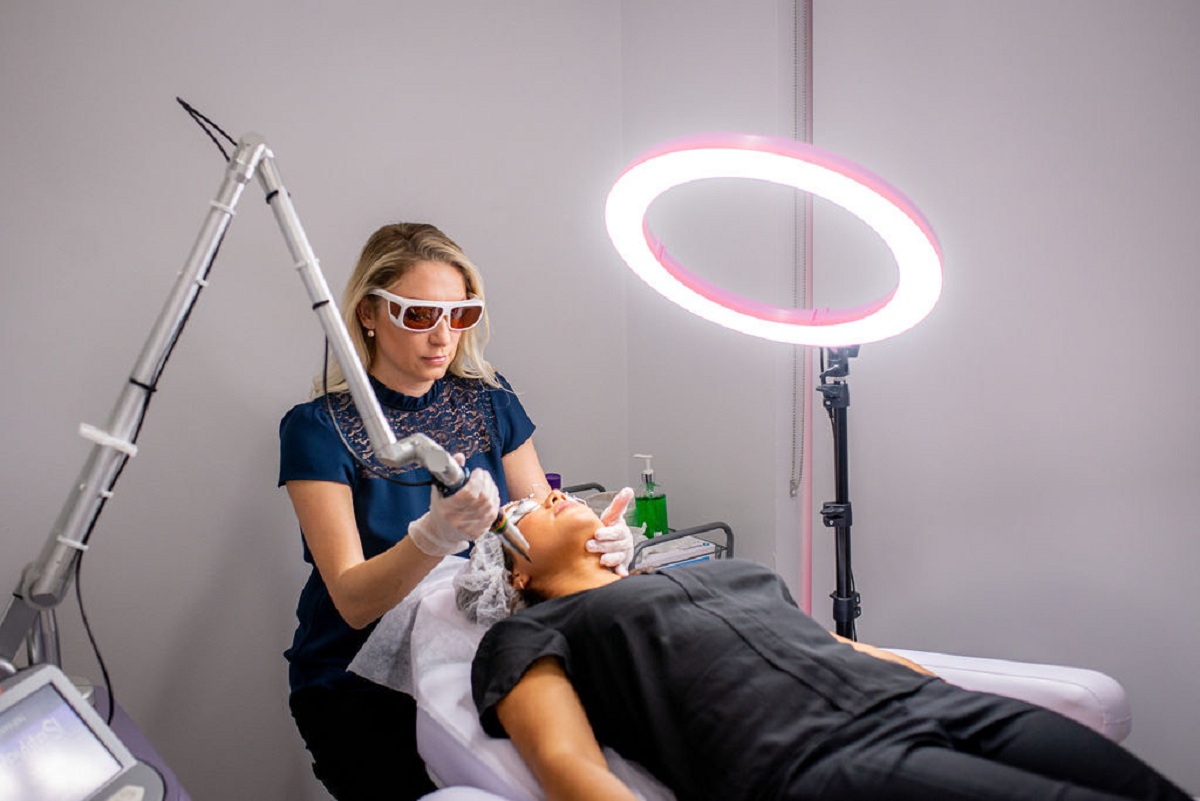Vitiligo Treatment: The Definitive Guide
Vitiligo is an autoimmune skin condition in which the body attacks its own melanocytes, resulting in patches of white skin. The exact cause of vitiligo isn’t well understood, but there are effective treatments that can help with this frustrating condition, including depigmentation therapy using steroids and ultraviolet light therapies. But how do you know when it’s time to start treatment? What exactly do these treatments do? This guide will answer all of your questions about vitiligo treatment so that you can make informed decisions about how best to handle your symptoms and manage your condition.
Introduction
Are you looking for vitiligo treatment? Vitiligo, also known as leucoderma and hypopigmentation, is a skin disorder that causes patches of skin to lose the ability to produce melanin. As a result, the skin becomes white or light in color. Vitiligo is not contagious and does not pose any health risks. However, it can be psychologically traumatizing for some people who are diagnosed with the condition. Thankfully there are treatments available for vitiligo symptoms so if you have been diagnosed with this condition or think that you might be experiencing it, then read on to find out about the different treatments available today!
What Is Vitiligo?
Vitiligo is a skin condition that causes the skin to lose color. This can happen anywhere on the body, but it typically starts as one or more patches of pale, white skin. Vitiligo can be caused by many things, including sun exposure and genetics. There’s no cure for vitiligo, but there are treatments that can help make your skin look more normal and some methods that may even bring back some color to your skin.
Some doctors may recommend a cream called PUVA (psoralen plus ultraviolet A) for people with vitiligo who have light-colored patches of skin.
Causes
The cause of vitiligo is not known, but it has been linked to the immune system. There are two types of vitiligo that can be classified by their causes: generalized and localized. Generalized vitiligo begins with a few patches of skin that eventually spread to other parts of the body, while localized vitiligo starts in one spot and stays there.
Diagnosis
Vitiligo is a skin condition that causes the loss of pigment in certain areas of your skin. Vitiligo can affect any part of the body, but it most commonly appears on the hands, feet, mouth, and around the eyes. Usually beginning in adulthood, vitiligo is an autoimmune disorder that leads to the destruction of melanocytes (skin cells responsible for producing pigment). There’s no known cure for vitiligo, but it can be treated with a variety of therapies like corticosteroid creams or ointments and light therapy.
Treatment
If you’re looking for vitiligo treatment, then you’ll want to first understand what it is and the different causes. Vitiligo is a condition where patches of skin lose their pigment, which means that they are lighter than the rest of your skin. This can happen to anyone at any age, but it’s more common in children and adults older than 30 years old. There isn’t one specific cause for vitiligo, but there are many factors that can lead to this condition. It’s important not to scratch at these patches because the color may return with time or permanent damage could result from the scratching. Scratching won’t help it heal faster either, so you’ll need to resist the urge if possible.
FAQ
Q. What is Vitiligo? A. Vitiligo is a condition that causes the skin to lose color and turn white. Q. What are the symptoms of Vitiligo? A. The most common symptom of Vitiligo is white patches on the skin or in other words, loss of color in certain areas of the skin. However, there are some cases where there may be no noticeable symptoms at all, which can make it difficult to diagnose and treat this condition correctly if you’re not aware that you have it! Q. How do I know if I have Vitiligo? A. There’s no single answer to this question because not everyone experiences the same symptoms when they have Vitiligo.
Conclusion
It is important to remember that vitiligo can be treated and that there is hope. There are so many different types of treatments available, so it may just take some trial and error before you find the right treatment for you. Vitiligo dubai is also an option for people who live in Dubai and want to get vitiligo treatment.



